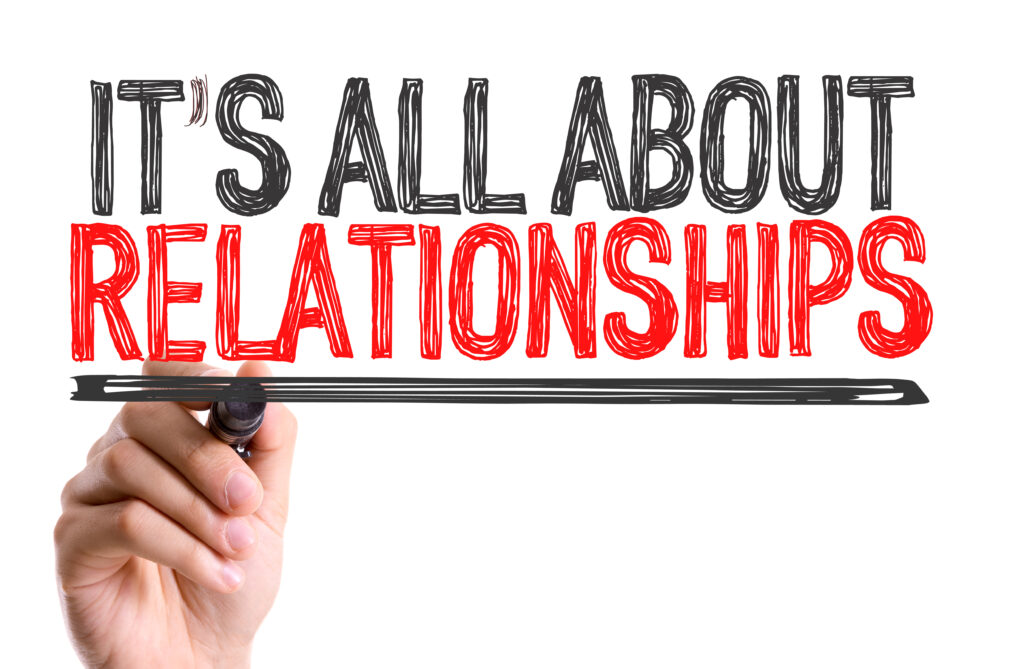We can’t always agree. And how we disagree makes all the difference to our working relationships.

I disagreed with a friend on an issue recently. We had differing perspectives, both valid. It really felt uncomfortable because it was hard to agree to disagree with them – it felt as though they needed me to accept that they were “right”. I didn’t see it like that. And I’d have felt so much comfortable in the discussion, if we’d been able to reflect on our different perspectives without the need to determine who’s right and who’s wrong.
It struck me that there really is an art to disagreeing with someone. That applies in personal relationships with friends and family, as well at work.
It’s good to disagree, and disagree well
In Rebel Ideas, Matthew Syed celebrates teams where areas of disagreement and differing perspectives are aired. Have you ever worked in a team like this? I have, but only once in my career. Team discussions sometimes felt pretty uncomfortable. For leaders, it can certainly be hard work to chair and facilitate those discussion. But the alternative – Syed’s teams of clones – are often the kiss of death for creativity and innovation.
Done well, airing disagreements can maximise team creativity and engagement. Handled badly, it can be toxic.

So, how can we disagree well?
5 top tips for respectful disagreements:
- Remember disagreement is healthy and inevitable – you can avoid disagreeing with others, by not saying anything… or agreeing with everything they say. But that comes at a high cost to your authenticity. And you’re missing an opportunity to bounce ideas around – why wouldn’t sharing another perspective enrich the discussion?

- Listen actively to understand their view (‘seek first to understand’) and create space for dialogue – in mediation we talk about understanding what’s going on under the surface of the position statements that parties can find themselves stuck in. In that context, we want to understand the ‘why’ behind the ‘what’ that is being described. That allows for more scope to find win-win solutions. In any discussion involving differing perspectives, there is real value in showing a sense of curiosity about why the other person has the perspective that they do. Bonus top tip: asking “why do you think that?” can come across as aggressive and is unlikely to open up the space for dialogue; try “could you say a bit more about what’s led you to think that?”).
- Acknowledge/Reflect the other perspective – clearly valuing the other perspective can often be reassuring for the other party in the discussion. And you could help them feel more comfortable to discuss, getting out of the fight or flight mode they may find themselves in. It also allows the conversation to move forward, past the initial position statements and gets to the ‘why?’. Try: “this sounds like an important issue to you because of the impact that it is having on the team’s productivity.”
- Identifying areas of agreement and separating those from the disagreements – this tip helps you organise and sort the issues that may be involved. It gives you a chance to reinforce the sense that you are perhaps on the same team, or that you share a common overall objective. Try: “it sounds like we agree that the issue is how to grow our customer base. We have different ideas about how to communicate with potential clients. Is that right?”
- Use respectful language – it may seem obvious but it’s easy to slip into unhelpful language, especially if you’re finding the conversation stressful. Declaring “you’re wrong!” may not help progress the conversation forward; try instead “that’s interesting. Could you talk me through your thinking on this?”.

Yes, but here’s another bonus tip:
- “Yes, but…” is fatal. I’d suggest using the word “but” sparingly because it’s commonly perceived as negating the preceding statement (“I like you but….”). Try: “yes, and…” instead.
Clarify your objective before you start

And finally, consider your objective – is it to be right and win the argument? OK – the risk is that you could achieve that at the cost of the relationship. If the relationship matters, consider a different approach.
Get in touch if you’d like to turn around disagreements in your team and maximise the opportunities for innovation and creativity.
 By
By 


